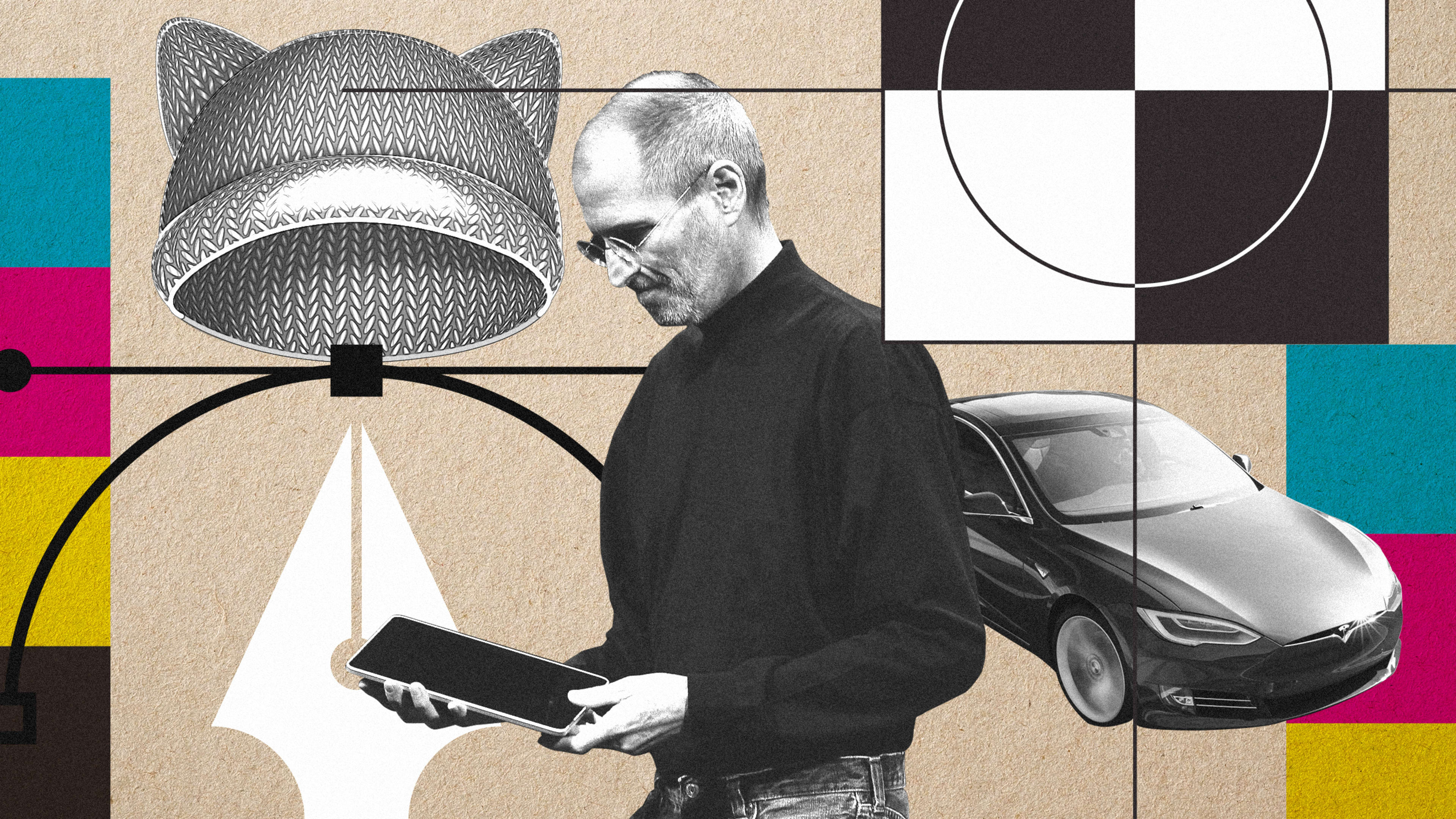When historians write the book on early 21st-century design, they will no doubt aim the bulk of their scholarship at the aughts. After all, the sunny, experimental designs of Y2K presaged many of the computing paradigms in use today, and the iPhone, possibly the most influential design object of all time, was released in 2007.
But it would be a mistake to discount design’s impact in the 2010s. We may not be able to point to a single object that reshaped the world as fully and as swiftly as the iPhone, but the 2010s saw the introduction of Tesla’s Model S, which used seductive design to push the entire car industry to rethink its dependence on fossil fuels; the proliferation of the pussy hat, which gave visceral form to the #metoo movement; and the rise of social media platforms, which have arguably done more to manipulate our social and political reality than any other recent invention. If the ’00s were design’s formative childhood in the third millennium, the 2010s were its wild teen years—more mature and confident, sure, but also prone to screwing up royally.
Here, we’ve tapped designers and design thinkers from a range of disciplines, from technology design and branding to transportation and urbanism, to identify the most important products, services, and design ideas of the 2010s. Their responses aren’t just an exercise in nostalgia; they offer clues about where design is headed as a new decade looms.
Pussy Hat instructions
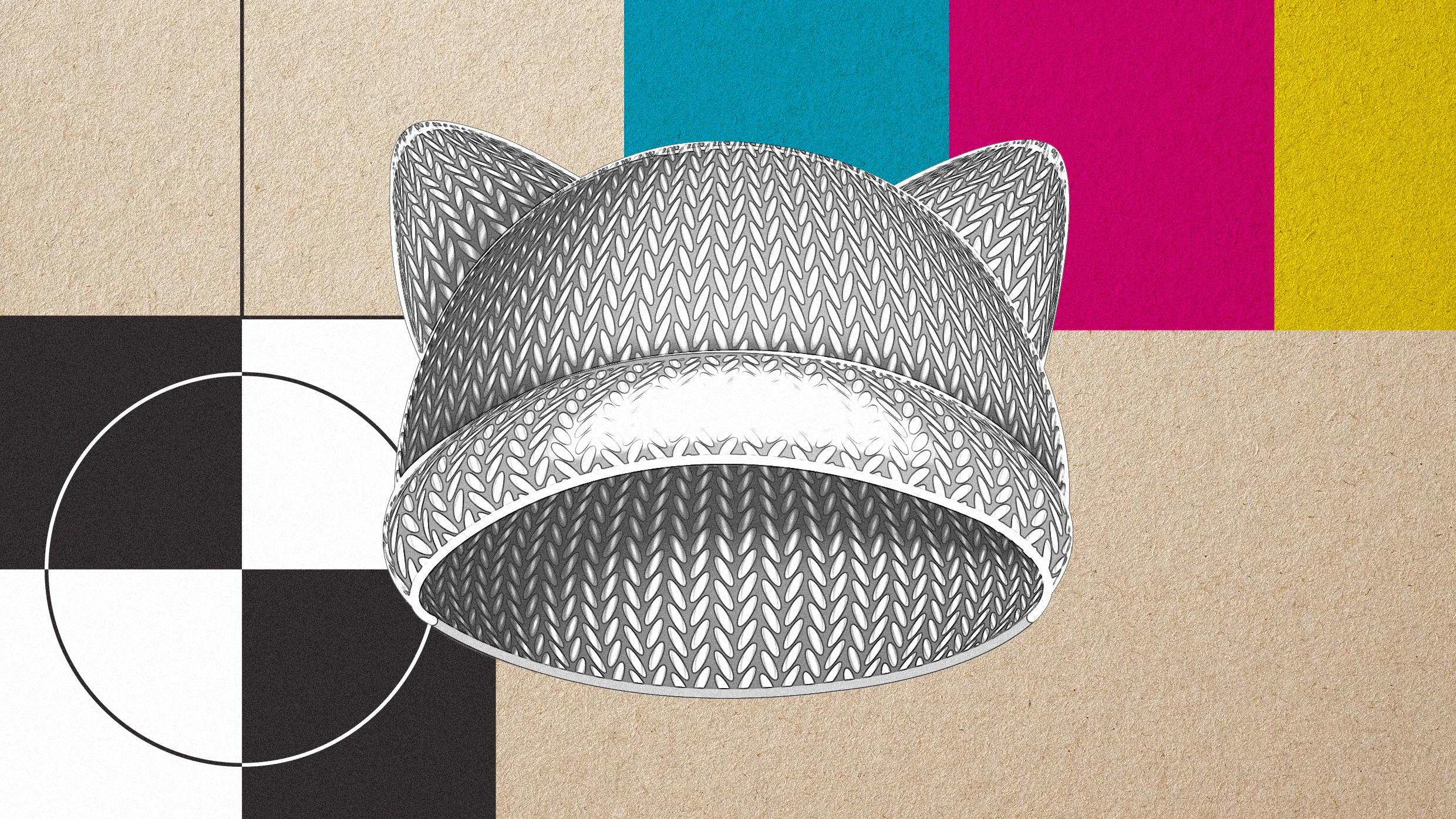
It was conceived on Thanksgiving weekend in the wake of the 2016 presidential elections by three women: a screenwriter, an architect, and the owner of a knitting supply shop in Atwater Village, California. Kat Coyle transformed Krista Suh and Jayna Zweiman’s idea of wearable protest into 17 lines of precise instructions, and the internet did the rest. As a symbol, it was an imperfect, ambiguous metaphor, a handmade response to the red MAGA hat. But there was no denying the visual power of a city inundated by a sea of pink, as hundreds of thousands of women flooded into Washington DC the morning after Donald Trump’s inauguration. For a single day, the Pussy Hat was the nation’s most powerful monument. —Michael Bierut, partner, Pentagram
Tesla Model S
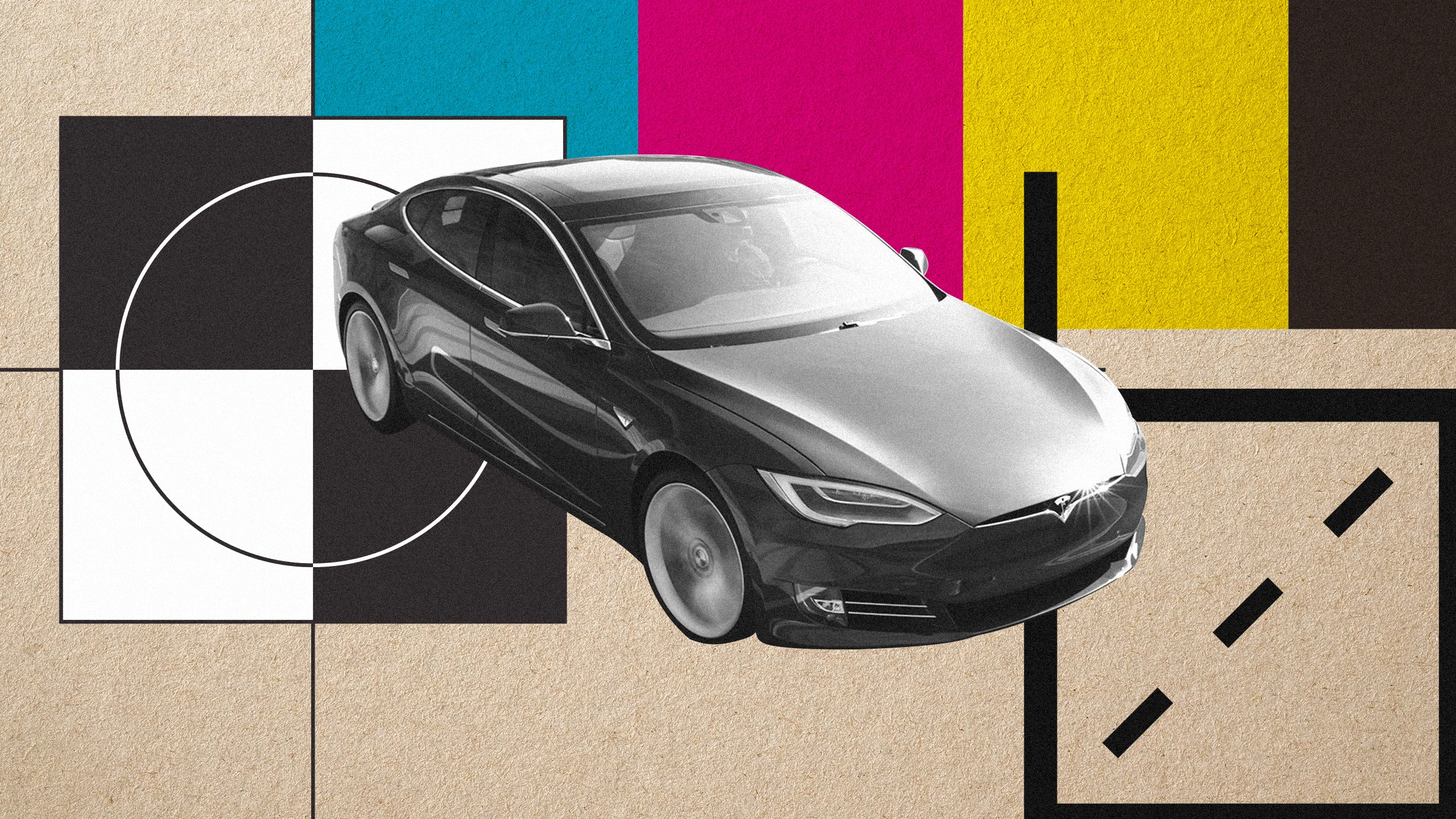
First introduced in 2012, the Model S accelerated the advent of sustainable transport like no other design and made the whole car industry rethink its oil-consuming future. Changing a design to encourage replacement consumerism is no longer responsible. We have to reduce, reuse, and rethink. —Paul Priestman, chairman, PriestmanGoode
#BlackLivesMatter
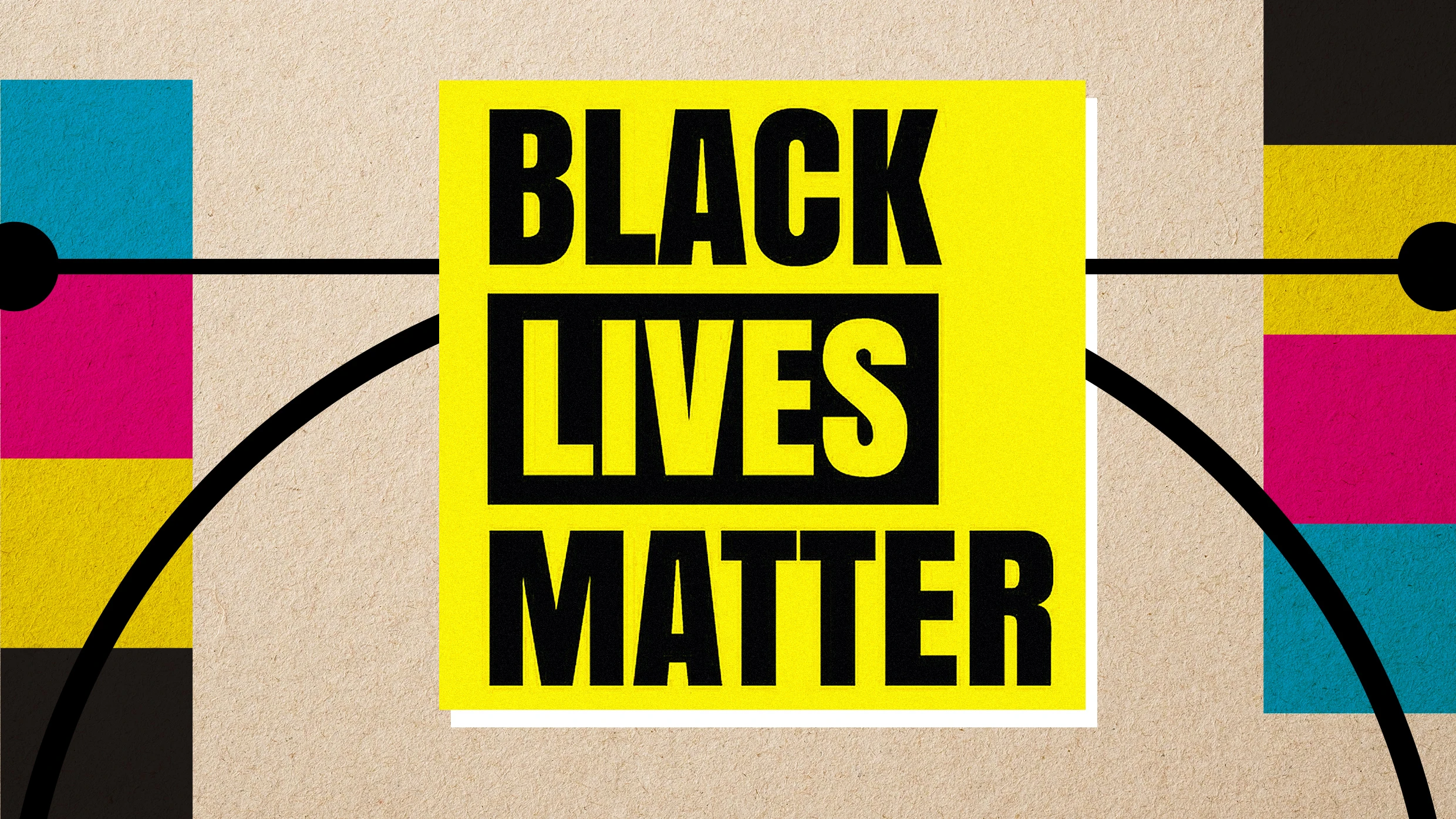
On July 13, 2013 a jury acquitted George Zimmerman of the murder of a 17-year-old unarmed African-American high school student named Trayvon Martin. In response, Alicia Garza, Patrisse Cullors, and Opal Tometi created a movement-building effort they titled #BlackLivesMatter. The movement continued to grow after the 2014 deaths of Michael Brown (which also resulted in protests in Ferguson, St. Louis) and Eric Garner in New York City. Today, Black Lives Matter has become a worldwide ideological and political movement to protest how Black lives are systematically and intentionally targeted. It also introduced a cultural shift wherein—for the first time in modern history—the most popular, influential brands are being created by the people and for the people for the sole purpose of changing the world and making it a better place. You can’t buy these brands in a supermarket or drugstore or mall. Now, our greatest innovations are the creation of brands that can make a difference in our lives and reflect the kind of world we want to live in. The #BlackLivesMatter effort has subsequently become a beacon in the darkness of our times and a statement of accountability in our culture. —Debbie Millman, founder, Design Matters
iPad
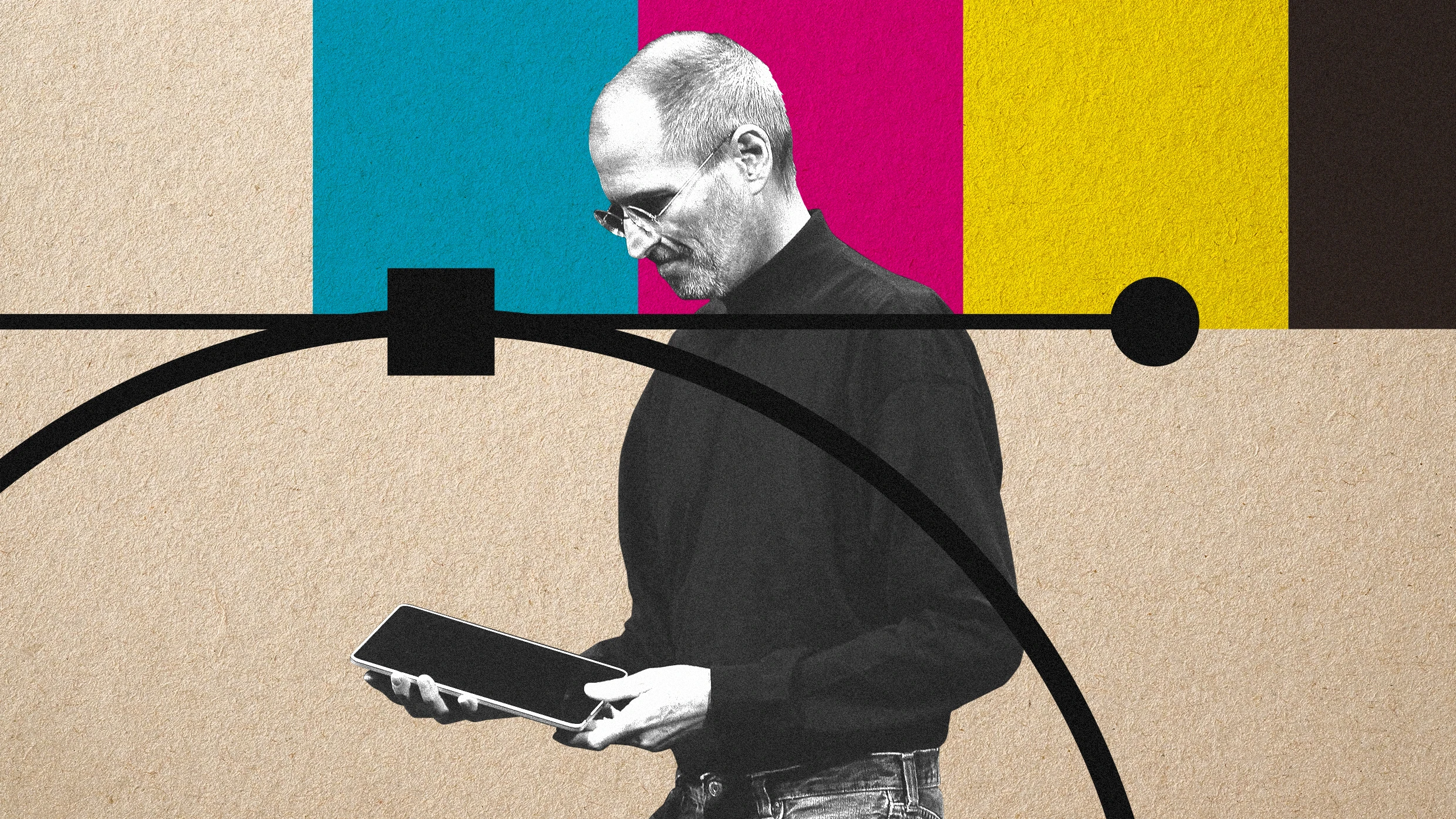
The iPad was largely mocked when it was first introduced by Steve Jobs a decade ago, but in short order, it created its own market sector: the tablet. In the years since, it has made computing more accessible and intuitive for all ages, with a sleek simplicity that has only improved relative to its rivals (save for the tortures of iOS 13). For designers, it has become an indispensable tool, especially when paired with the drawing ease of the Apple Pencil. The clear future for this technology is a tablet that can fold or roll into a pocket, that can project, and that someday may replace both the phone and the desktop as a singular personal device that could hopefully diminish our electricity use and e-waste. Proof that consumers don’t always know what they want until they want it, the iPad is the apotheosis of Jobs’s ability to combine touch and tech in a package for which we could only heretofore dream. —Vishaan Chakrabarti, founder, Practice for Architecture and Urbanism
Gov.UK
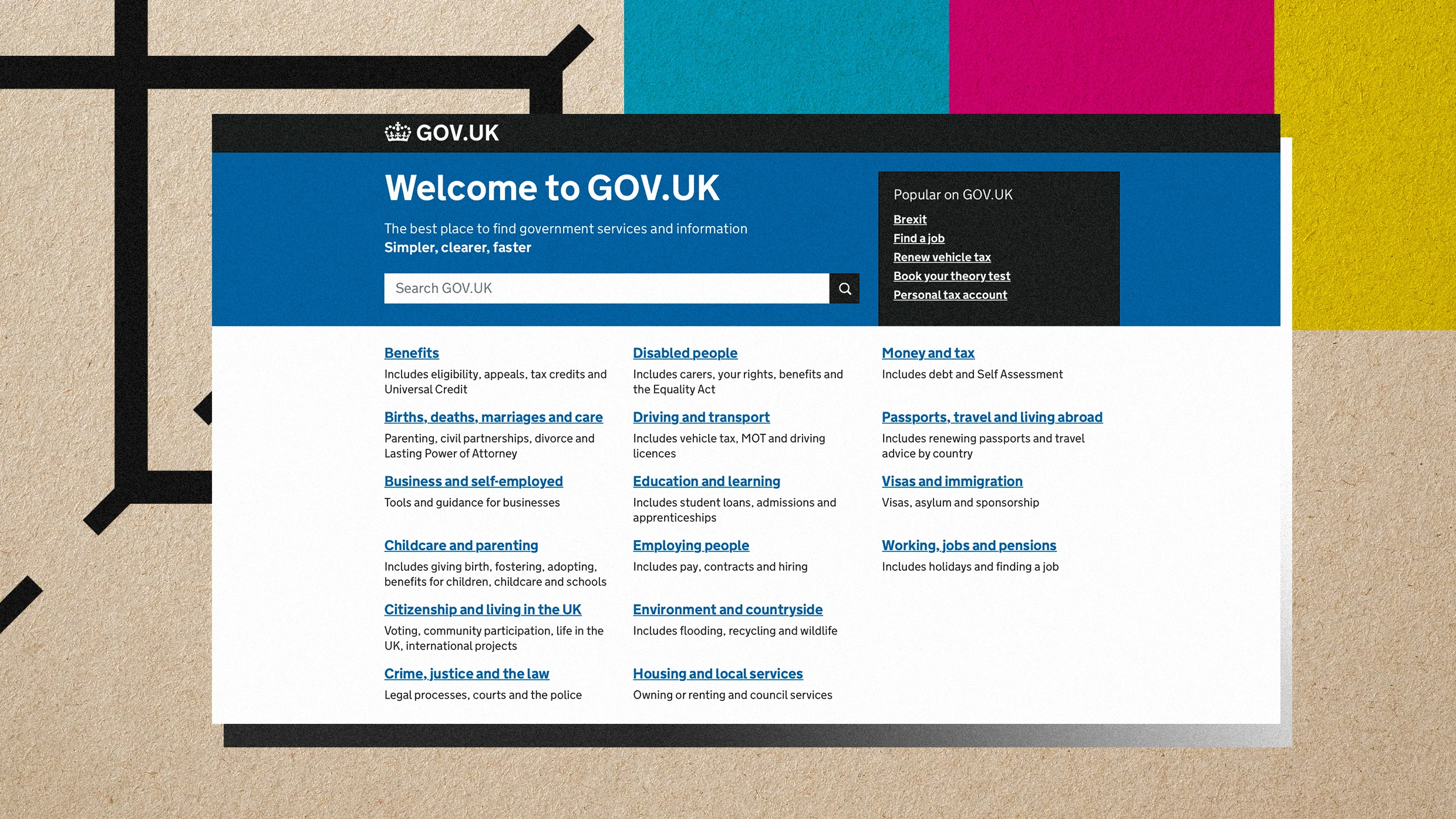
I choose GOV.UK, the website designed by the UK Government Digital Service, which comprehensively redesigned the way in which citizens of the UK accessed government services. It’s a brilliant example of design genuinely making life better for everyone—it’s not pretty, it’s not selling anything, it’s not design for other designers. It just makes things better. And it’s been replicated all around the world. —Patrick Burgoyne, CEO, D&AD
Streaming media

In a sense, the success of these all-you-can-eat services, like Netflix and Spotify, was inevitable, but the design of each was critical to how quickly they conquered the world. They perfected the notion of binging and endless playlists and, in less than a decade, totally reconfigured our relationship with media. Future generations will barely recognize the era of music, television, and movies that came before them—for better or worse. —Khoi Vinh, principal designer, Adobe
DJI Phantom UAV
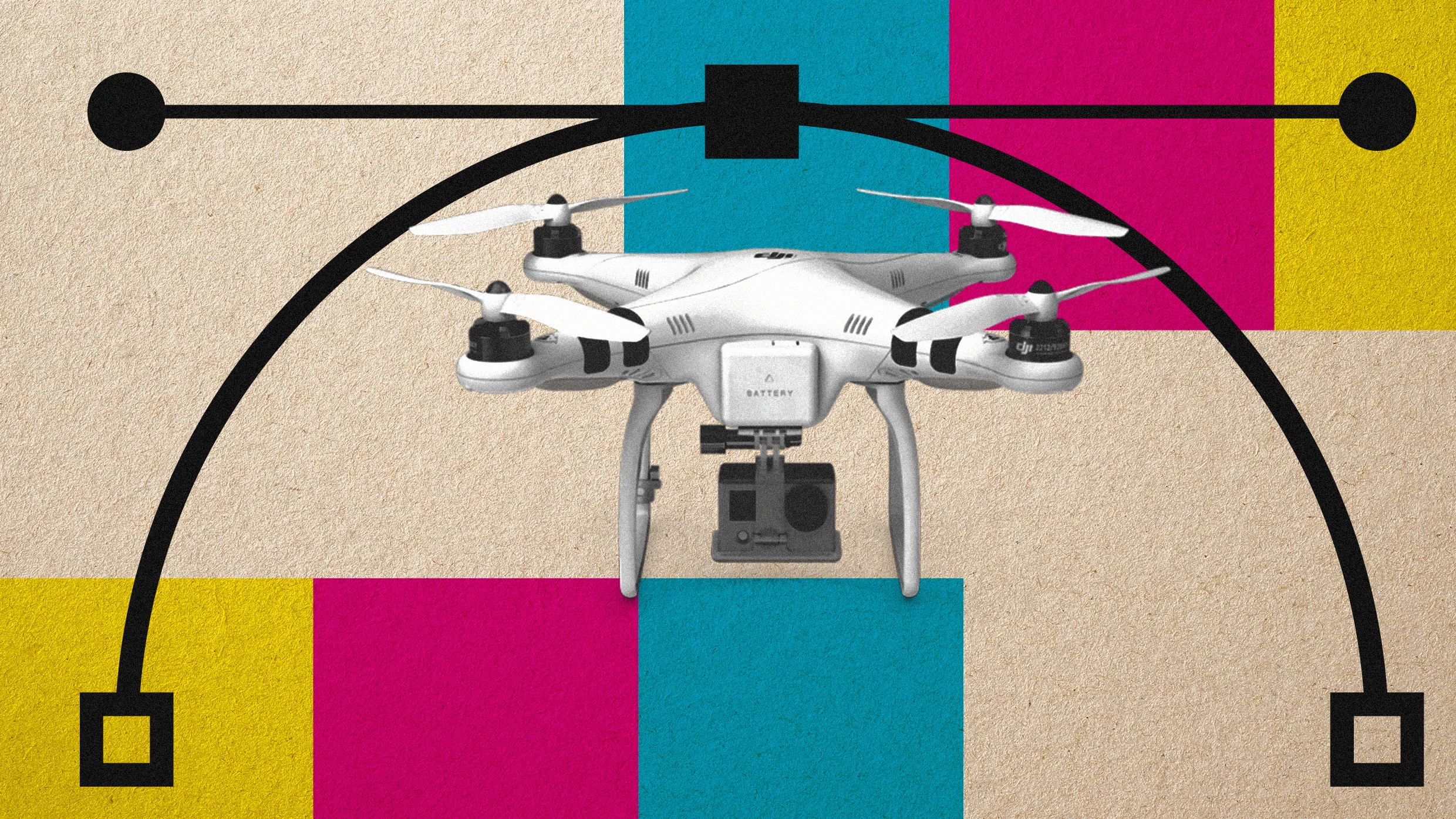
Manipulative social platforms
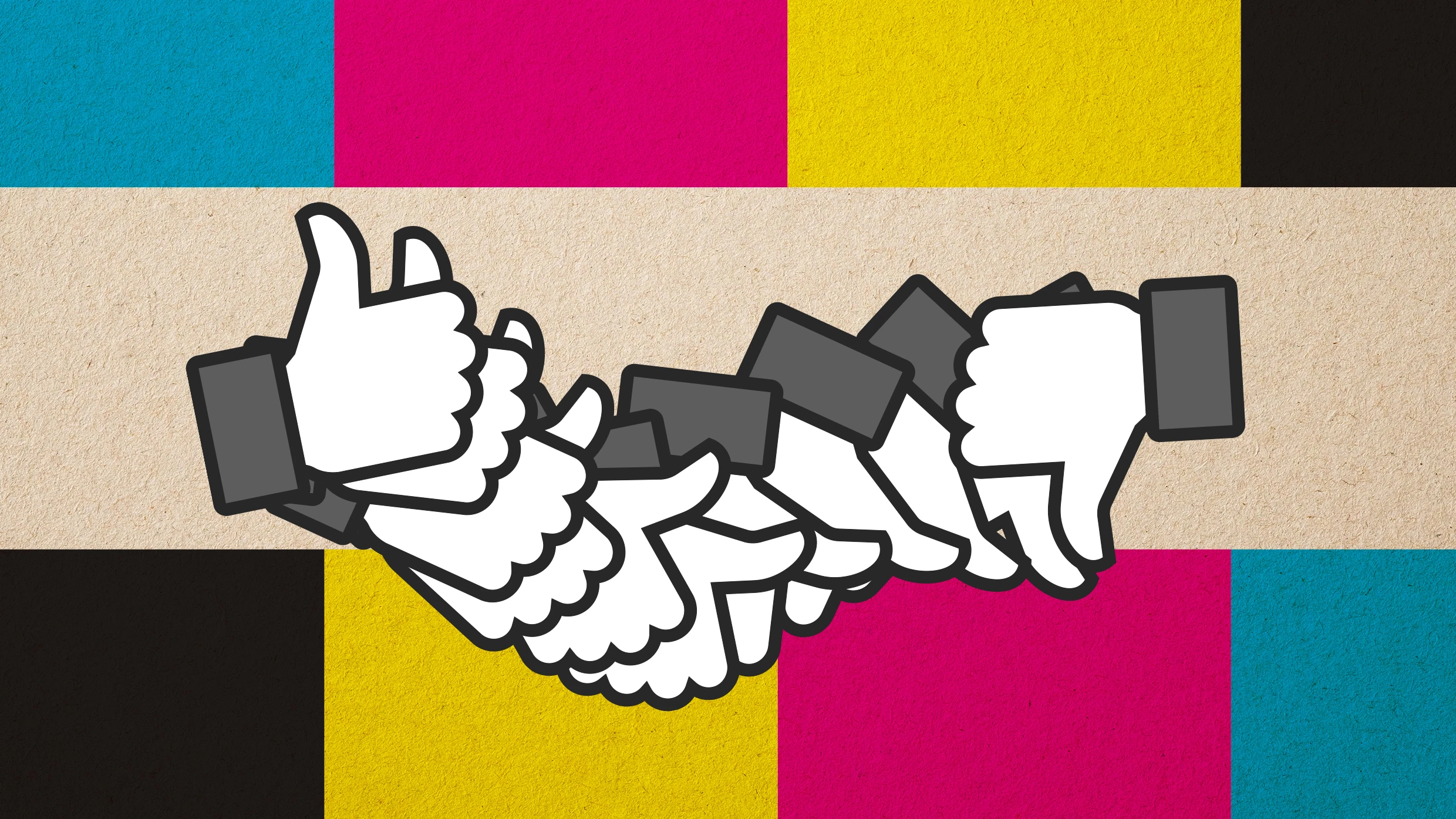
The 2018 designer babies
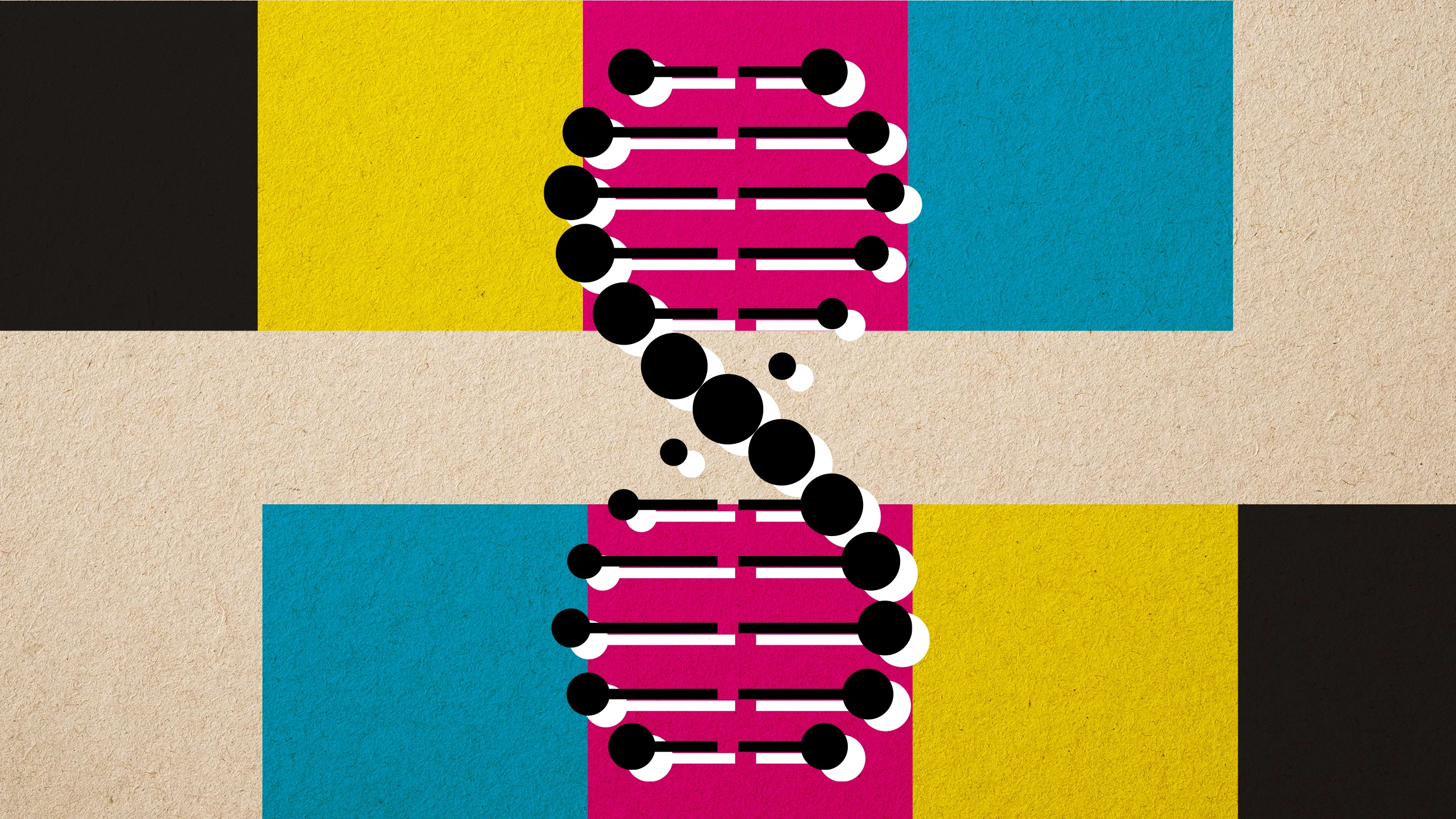
Flutter/ Dart
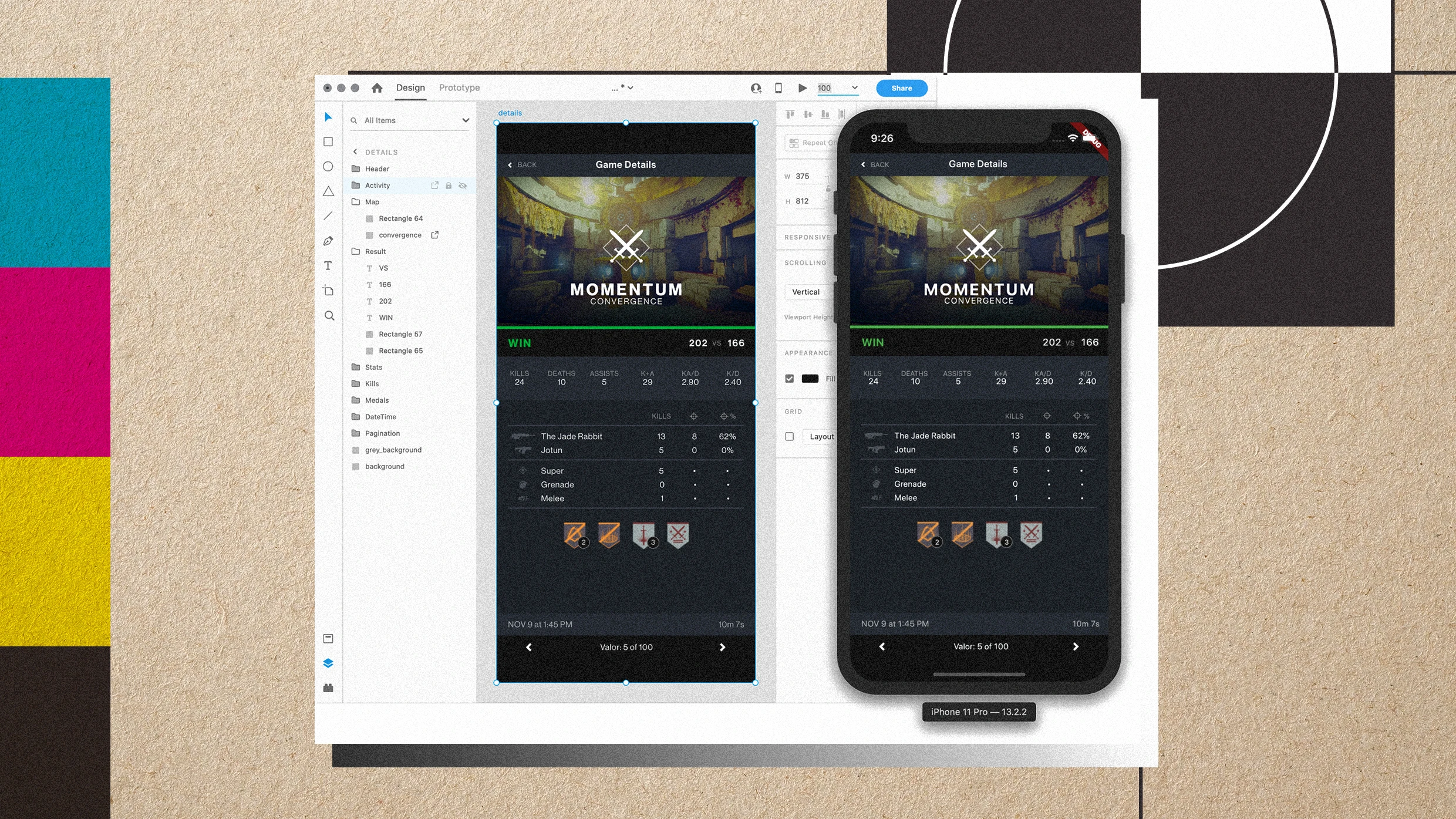
Emoji keyboard
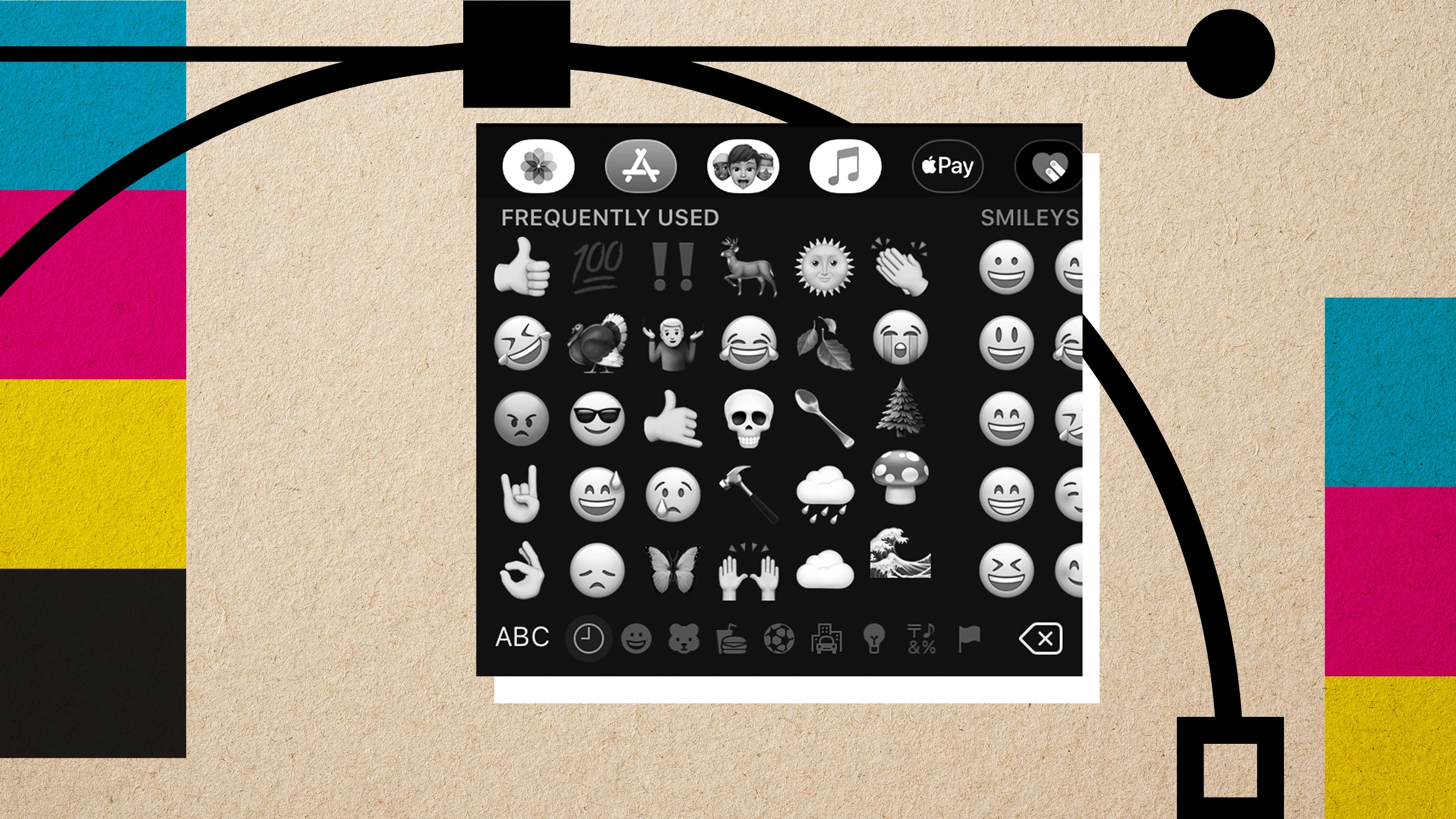
The professionalization of data

The neuromorphic chip

Sustainability
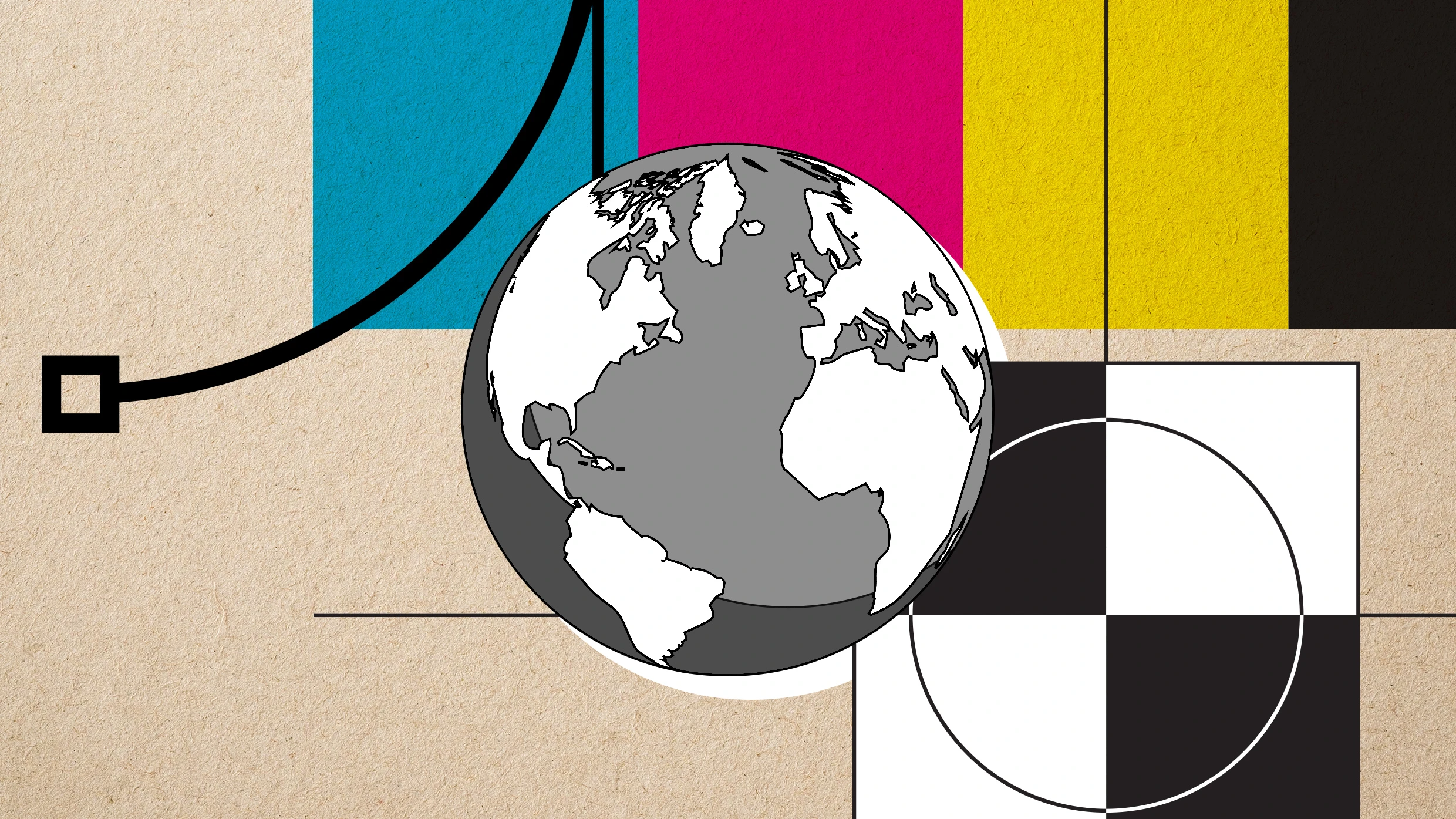
Recognize your brand’s excellence by applying to this year’s Brands That Matter Awards before the early-rate deadline, May 3.
